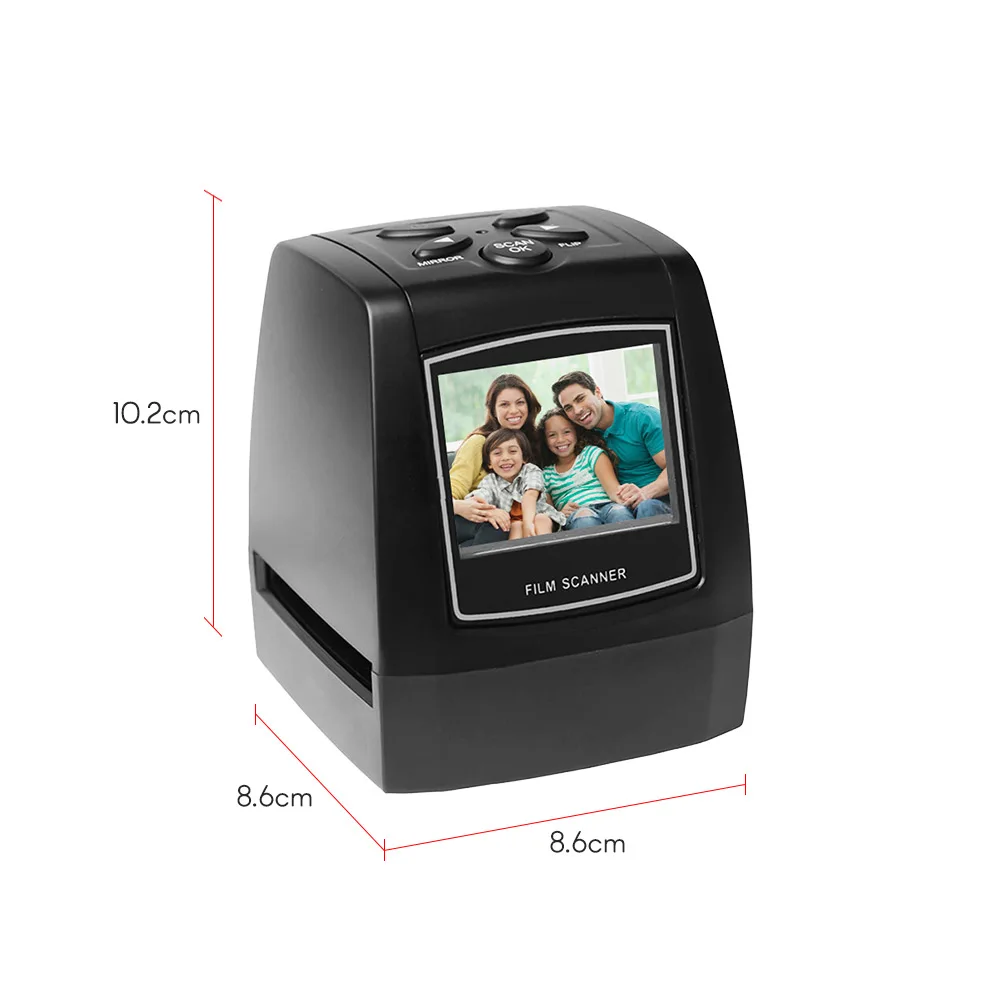

IAF is closely working with DRDO on its anti-drone systems, which have directed energy weapons like lasers and will soon finish their trials. Air Chief Marshal R K S Bhadauria had last week said IAF did have a limited number of “soft kill” jammers to disrupt the command-and-control links of small drones and “hard kill” counter-drone systems but they had not been deployed at the Jammu air station because it did not have “critical assets” like fighter jets. “All the ten CUAS are required in mobile configuration mounted on indigenous vehicles with cross-country capability and powered by indigenous electrical power supply systems,” said the RFI.

The “hard kill”, in turn, will through the Laser-DEWs. The “soft kill” options should have global navigation satellite jamming systems (GNSS) to disrupt or spoof the GPS, GLONASS, BeiDou and Galileo used by drones. The sensors should have active phased array radars with 360-degree coverage and a 5-km range, RF (radio frequency) sensors, electro-optical and infra-red systems. The CUAS should provide “a multi-sensor, multi-kill solution” to enforce effective no-fly zones for micro and mini drones while inflicting “minimal collateral damage” to the surrounding environment. The vendors also have to specify whether the CUAS is designed, developed and manufactured in India or will be manufactured under transfer of technology from a foreign company. The IAF is keen to commence delivery of the CUAS at the earliest after the contract is inked and complete it within a year. With the formal selection and procurement process to kick off in the third quarter of this year, the Indian vendors have to specify the delivery schedule. Laser-Directed Energy Weapons (Laser-DEWs) are essentially required as a kill option,” said the RFI. “The CUAS is intended to detect, track, identify, designate and neutralize hostile UAS. The existing IAF air defence systems, with advanced radars and missilesystems, are geared towards thwarting air intrusions by larger unmanned aerial vehicles (UAVs), aircraft and helicopters, as was earlier reported by TOI. A day after the Jammu attack, which exposed operational gaps in tackling small commercially-available drones rigged with explosives, the IAF issued a RFI (request for information) to seek responses from Indian companies for the counter-drone systems called CUAS.

NEW DELHI: The IAF now wants to acquire 10 counter-unmanned aircraft systems (CUAS) in the aftermath of the first-ever drone terror strike in the country at the Jammu air force station on June 27.


 0 kommentar(er)
0 kommentar(er)
